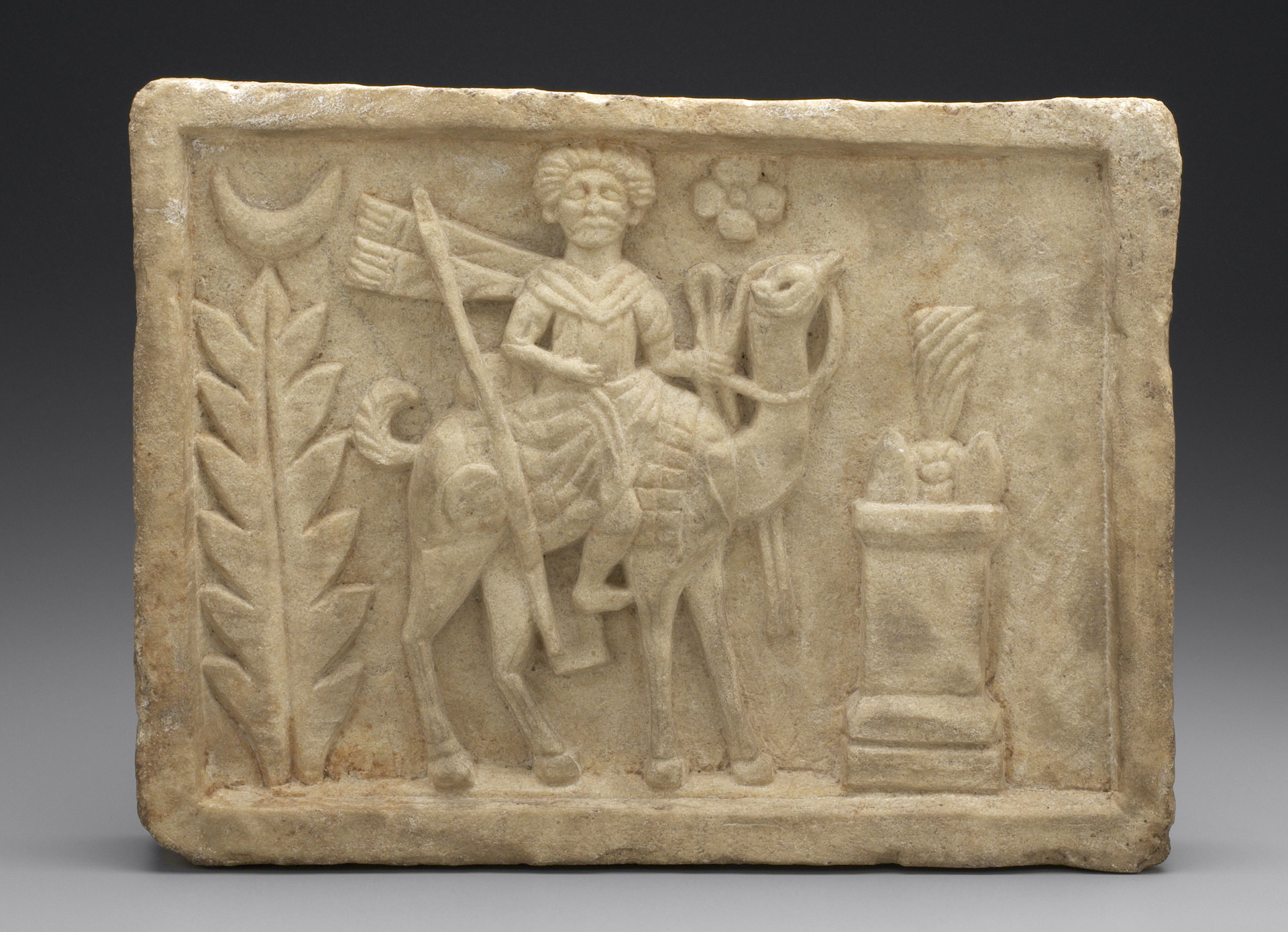Temple Of Adonis, Dura-Europos on:
[Wikipedia]
[Google]
[Amazon]

 The Temple of Adonis in
The Temple of Adonis in

 The Temple of Adonis in
The Temple of Adonis in Dura-Europos
Dura-Europos was a Hellenistic, Parthian Empire, Parthian, and Ancient Rome, Roman border city built on an escarpment above the southwestern bank of the Euphrates river. It is located near the village of Al-Salihiyah, Deir ez-Zor Governorate, S ...
was discovered by a French-American expedition of Yale University
Yale University is a Private university, private Ivy League research university in New Haven, Connecticut, United States. Founded in 1701, Yale is the List of Colonial Colleges, third-oldest institution of higher education in the United Stat ...
led by Michael Rostovtzeff
Mikhail Ivanovich Rostovtzeff, or Rostovtsev (; – October 20, 1952), was a Russian historian whose career straddled the 19th and 20th centuries and who produced important works on ancient Roman and Greek history. He served as president of t ...
and was excavated between 1931 and 1934.Description
The temple complex was the last great temple of the city to be built under Parthian rule (113 BC – AD 165). It consists of a number of buildings grouped around a courtyard. It takes up half an insula (city block), with the surrounding residential buildings forming the boundaries of thetemenos
A ''temenos'' ( Greek: ; plural: , ''temenē''). is a piece of land cut off and assigned as an official domain, especially to kings and chiefs, or a piece of land marked off from common uses and dedicated to a god, such as a sanctuary, holy g ...
. Several different rooms with benches on all the walls were grouped around the courtyard. On the north side, there was a portico
A portico is a porch leading to the entrance of a building, or extended as a colonnade, with a roof structure over a walkway, supported by columns or enclosed by walls. This idea was widely used in ancient Greece and has influenced many cu ...
with two columns. Two reliefs were found here, one depicting either Atargatis
Atargatis (known as Derceto by the Greeks) was the chief goddess of northern Syria in Classical antiquity. Primarily she was a fertility goddess, but, as the ''baalat'' ("mistress") of her city and people she was also responsible for their prot ...
or Tyche
Tyche (; Ancient Greek: Τύχη ''Túkhē'', 'Luck', , ; Roman mythology, Roman equivalent: Fortuna) was the presiding tutelary deity who governed the fortune and prosperity of a city, its destiny. In Classical Greek mythology, she is the dau ...
, and the other of the god Arsu riding a camel. The actual temple was located in the south and had consisted of a pronaos
A portico is a porch leading to the entrance of a building, or extended as a colonnade, with a roof structure over a walkway, supported by columns or enclosed by walls. This idea was widely used in ancient Greece and has influenced many cultu ...
and the actual naos. Wall paintings which were discovered in a fragmentary state, depicted a state and a family making an offering to the god on a fire altar at left. The scene has been reconstructed. Inscriptions and history of the sanctuary
Several inscriptions found in the sanctuary make it possible to follow the history of the sanctuary in detail. It can be divided into two construction phases. Three inscriptions dating to AD 152, 152/152, and 157/158 mark the first phase. The oldest inscription (July or August 152) was located on the lintel of the door to the pronaos. It is not well preserved, but the dating is secure. The main sanctuary was thus probably founded in AD 150. A second phase of construction took place in the years 175–182. On 24 September 175, Gorpiaeus Thaesamsus dedicated an altar with an inscription which explicitly namedAdonis
In Greek mythology, Adonis (; ) was the mortal lover of the goddesses Aphrodite and Persephone. He was considered to be the ideal of male beauty in classical antiquity.
The myth goes that Adonis was gored by a wild boar during a hunting trip ...
. In 181/182 (year 493 of the Seleucid era
The Seleucid era ("SE") or (literally "year of the Greeks" or "Greek year"), sometimes denoted "AG," was a Calendar era, system of numbering years in use by the Seleucid Empire and other countries among the ancient Hellenistic period, Hellenistic ...
, which is employed by all the sanctuary's inscriptions), two people called Solaeas and Boubaues erected a peristyle
In ancient Ancient Greek architecture, Greek and Ancient Roman architecture, Roman architecture, a peristyle (; ) is a continuous porch formed by a row of columns surrounding the perimeter of a building or a courtyard. ''Tetrastoön'' () is a rare ...
and a wine cellar.M. I. Rostovtzeff, F. E. Brown, C. B. Welles, 1939, p. 171.
References
Bibliography
* M. I. Rostovtzeff, F. E. Brown, C. B. Welles: ''The excavations at Dura-Europos: Preliminary Report of Seventh and Eighth Season of Work 1933–1934 and 1934–1935.'' Yale University Press, New Haven. 1939, pp. 135–175. {{Coord, 34.747711, N, 40.727486, E, type:landmark_region:SY, display=title 150 2nd-century religious buildings and structures 1931 archaeological discoveries Archaeological discoveries in Syria Dura-Europos Temples in Syria Adonis Parthian architecture